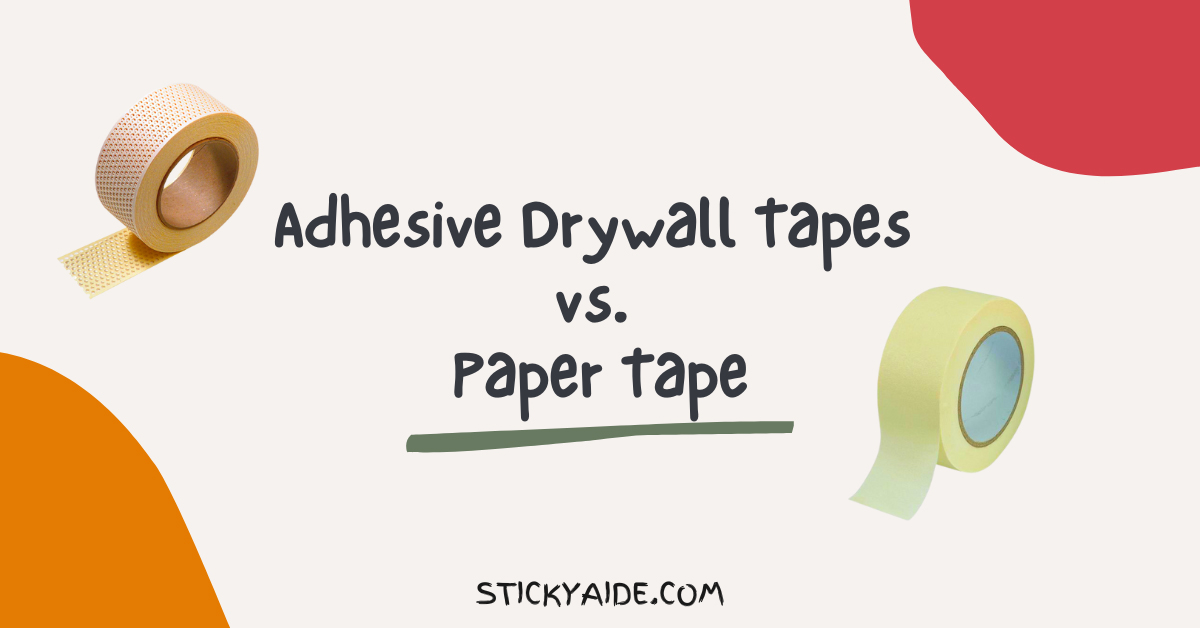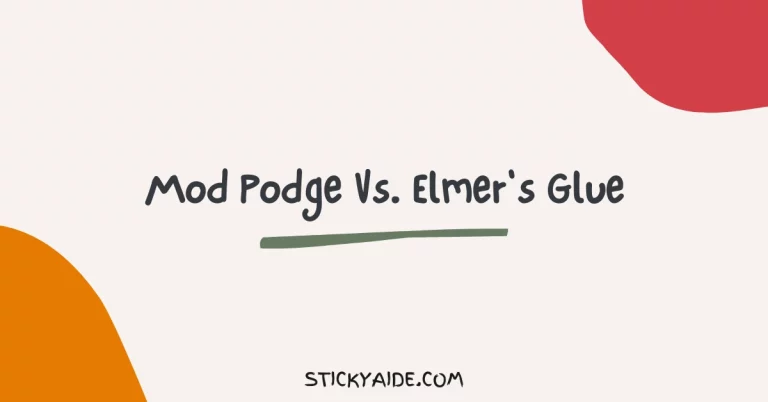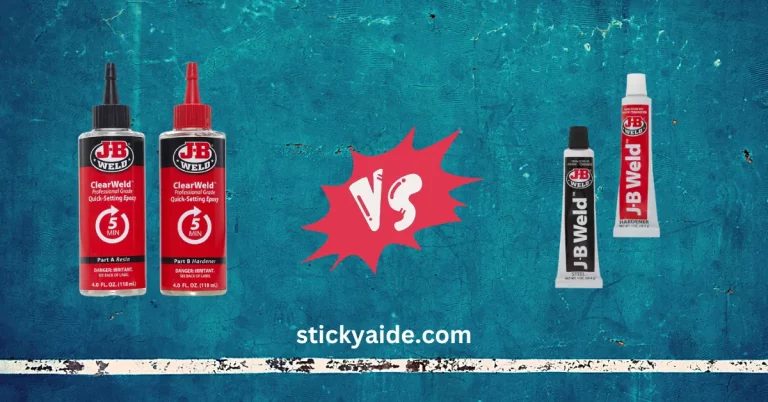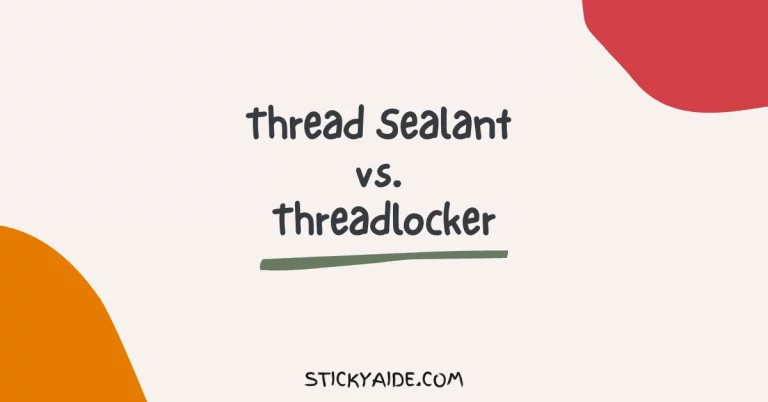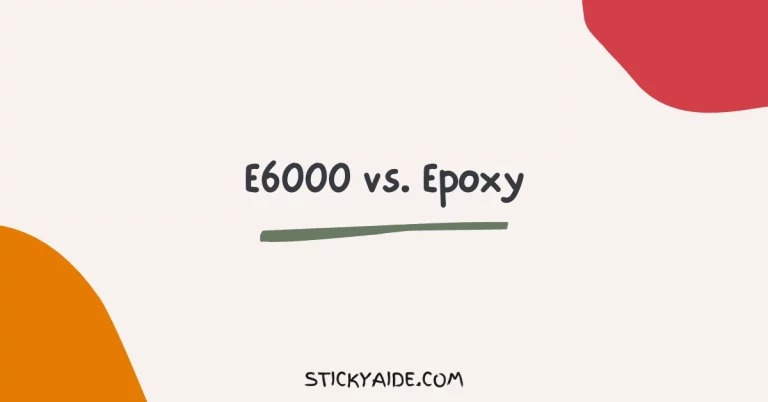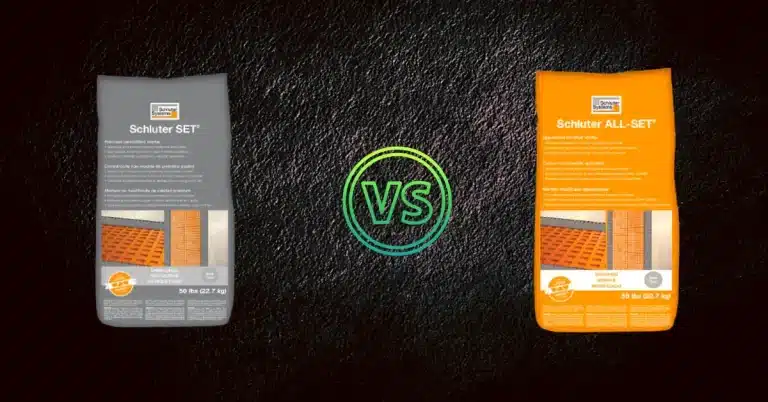Let’s embark on this enlightening journey into Adhesive Drywall Tape vs. Paper Tape.
Both these tapes are well-revered in the world of drywall installation and repair work, and each carries its unique merits and shortcomings.
The choice between the two generally boils down to the specifics of the task and your personal preferences.
Read More: Does Adhesive Tape Damage Walls?
Mesh / Adhesive Drywall Tape vs. Paper Tape
Diving Deeper into Adhesive Drywall Tape
Adhesive drywall tape, colloquially referred to as mesh tape, is an innovative, user-friendly product that significantly eases the process of drywall installation and repair.
But what makes it so unique? What are its pros and cons? Let’s delve deeper.
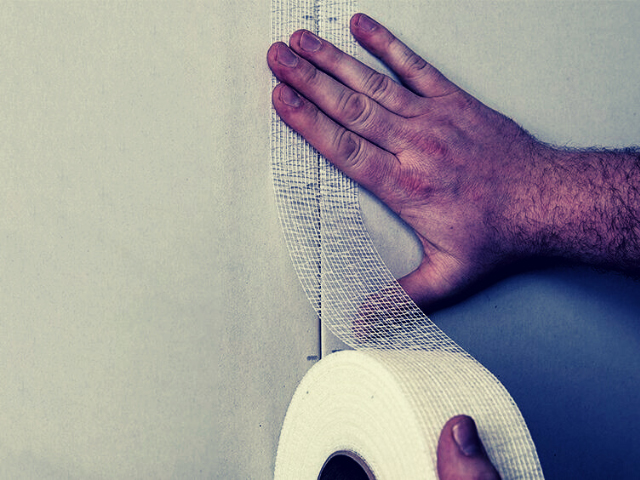
Understanding Adhesive Drywall Tape
Adhesive drywall tape is a self-adhesive product predominantly composed of fiberglass.
Its standout feature eliminates the need for a pre-application of joint compound to adhere to the drywall surface.
This characteristic is what primarily distinguishes it from paper tape.
The Benefits of Adhesive Drywall Tape
Adhesive drywall tape comes with a host of advantages:
- User-friendly: The self-adhesive nature of this tape simplifies its application, making it a convenient and appealing choice, especially for beginners.
- High durability: Thanks to its fiberglass mesh construction, adhesive drywall tape boasts a high resistance to common issues like mold and cracking.
- Versatility: Its flexibility makes it an ideal che for corners and difficult angles.
The Limitations of Adhesive Drywall Tape
Like any product, adhesive drywall tape also has its set of drawbacks:
- Visibility issues: Due to its mesh design, the tape may become visible under thin layers of joint compound. This could compromise the aesthetics of the finished work.
- Bubble formation: Improper application could lead to the formation of bubbles beneath the tape. These can be challenging to rectify and affect the outcome.
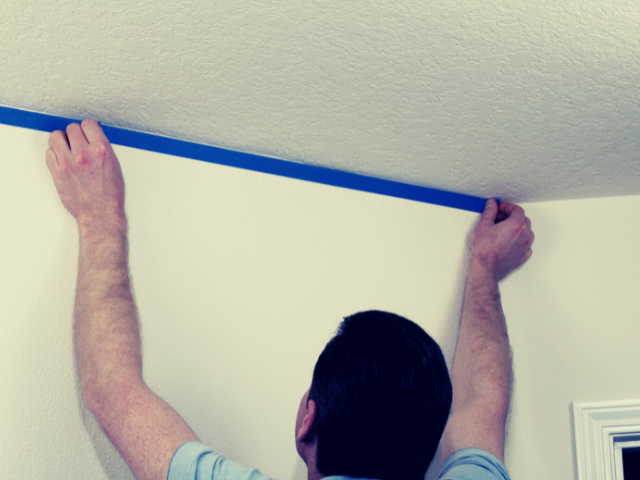
Diving Deeper into Paper Tape
As the traditional alternative to adhesive drywall tape, paper tape has been a trusted companion for drywall installers and repairers for many years. But what are its characteristics, and how does it fare against its adhesive counterpart?
Getting to Know Paper Tape
Paper tape is a non-adhesive product that necessitates the application of a layer of joint compound for it to adhere to the drywall. While this may seem labor-intensive compared to adhesive tape, it does carry certain benefits.
The Attraction of Paper Tape
Here are some reasons why you might choose paper tape:
- Smooth Finish: Paper tape delivers a smoother, more seamless finish compared to adhesive drywall tape.
- Enhanced Strength: Since it requires a compound layer for application, paper tape naturally adds strength to the joints. This attribute can be crucial for long-term stability.
The Shortcomings of Paper Tape
Paper tape, like its adhesive counterpart, does come with its own set of limitations:
- Application difficulties: The requirement for a layer of the joint compound can complicate the application process. This can be particularly challenging for beginners.
- Lower durability: Paper tape may not hold up well against mold or cracking compared to adhesive drywall tape.
Read More: MusselBound Adhesive Tile Mat Review
Adhesive Drywall Tape vs. Paper Tape: The Use Cases
Though your choice largely depends on personal preference, certain situations or projects may lean towards one type.
Adhesive drywall tape is often favored for:
- DIY projects, due to their ease of use
- Jobs that demand speed and efficiency
- Work involving challenging angles or corners
In contrast, paper tape tends to be the go-to for:
- Professional or meticulous projects that demand a flawless finish
- Long-term projects where durability and joint strength are critical
Adhesive Drywall Tape vs. Paper Tape: Unveiling the Price Tag
Adhesive drywall and paper tape are relatively inexpensive, making them accessible for most budgets.
However, adhesive drywall tape typically commands a slightly higher price due to its self-adhesive properties and durable construction.
Last Opinion
In the “Adhesive Drywall Tape vs. Paper Tape” comparison, it’s clear that both options have their unique strengths and weaknesses.
Your choice will ultimately hinge on your project’s specific needs, skills, and personal preferences.
Whether you choose adhesive drywall tape for its convenience and durability or paper tape for its smooth finish and added joint strength, both can deliver a professional-quality finish with the right application.
What is paper drywall tape used for?
Drywall tape is a building material used in the installation and finishing of drywall, also known as sheetrock or wallboard. Specifically, paper drywall tape is used to bridge and smooth over the joints between sheets of drywall.
Here’s how it’s used:
Seaming: When two pieces of drywall are butted together, there’s usually a gap or seam. Drywall tape is applied over this seam as part of the process of sealing it.
The tape helps to hold the pieces together and provides a base for the joint compound (also called “mud”) that will be used to create a smooth, seamless surface.
Crack Prevention: Paper drywall tape reinforces the joint compound and prevents it from cracking over time. The tape is embedded into the joint compound and, once dried, gives the compound additional strength and flexibility.
This makes the finished drywall more resilient to small movements in the building, which can cause un-taped joints to crack and deteriorate.
Corner Creation: Paper drywall tape, especially pre-creased types, can be used to create inside corners.
The tape is folded along the crease, applied into the corner, and then smoothed down with a joint compound. This gives a sharp, clean corner.
Hiding Fasteners: The tape is also used to cover the heads of drywall screws or nails, again providing a smooth, continuous surface ready for priming and painting.
Care must be taken when using paper drywall tape to ensure that enough joint compound is used to thoroughly wet and adhere the tape, preventing bubbles and lifting later on. It’s also important to smooth out the tape and compound to prevent noticeable bumps or ridges in the finished wall.
Can you use paper tape on drywall seams?
Yes, you can use paper-backed tape on seams as long as you apply it to drywall sheets. Since paper-backed tape uses a much weaker adhesive than adhesive drywall tape, it can’t be applied directly to the wall.
The adhesive on the paper tape is too weak to hold the drywall sheets together without a joint compound, so if you try to use paper-backed tape on your walls, you’ll end up with a messy, sticky mess nearly impossible to clean up.
Is paper or mesh tape better for drywall?
The short answer is no, but there is a slight difference between these two types of paper-backed tape. Mesh paper-backed drywall tape is designed for drywall seams and is meant to be used with joint compounds.
This type of tape is great for beginners and those who don’t have a lot of joint compound experience, as it is much easier to apply than joint compound.
On the other hand, paper-backed drywall tape is ideal for use along seams in interior walls and ceilings and in exterior corners where weatherproofing is needed. This type of tape is much stronger than mesh paper tape and can only be used with joint compounds.

